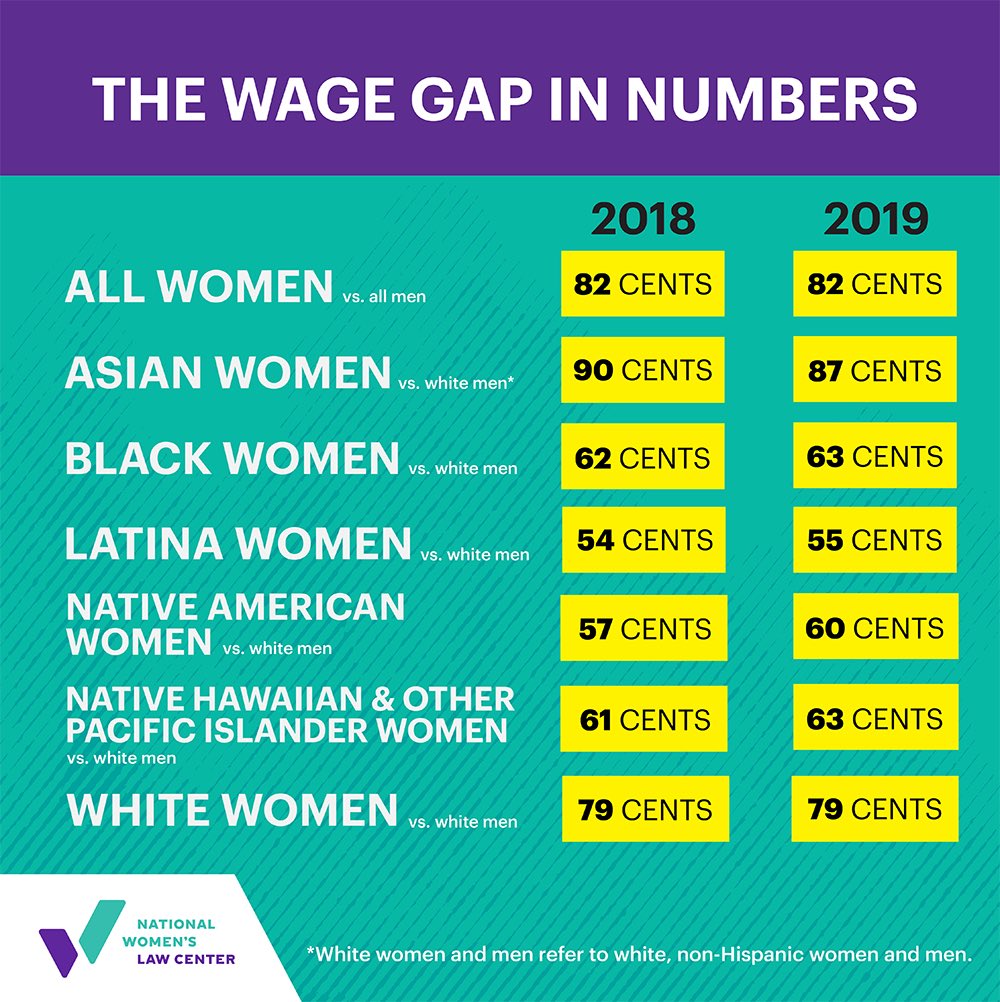By Andrew Stephens

2022 will be the year marked by two crucial and converging patterns for hiring.
The first involves “The Great Resignation,” which is causing financial institutions of all asset sizes to reassess their compensation and pay. The second includes Pay Transparency laws, which are popping up across the country in an attempt to normalize the practice of openly sharing the pay range associated with a given position within a company and, hopefully, tamp down unequal pay for women and minorities.
These two forces are equating to what some are calling “The Great Realignment,” wherein workers are looking to examine their work and life goals against an economic climate that calls for record-high inflation this year. Combine these larger economic factors with public pressure for lawmakers to legislate “fair pay,” and you are living in 2022 and beyond!
Equal pay is nothing new this year. On January 29th, President Joe Biden recognized the 13th anniversary of the Lilly Ledbetter Fair Pay Act, passed in 2009 during the Obama administration. This law was intended to protect workers from pay discrimination and give them tools to seek rectification under federal anti-discrimination laws. What started as a reflexive law to protect workers from pay discrimination has grown into a grassroots movement of public and private entities to take further steps to ensure that equal pay is not just “promised” upon hiring but would be disclosed in the hiring process. “Many employees are at a disadvantage, especially women, when they go in to negotiate because they may not have information regarding pay at the company,” says C. Nicole Mason, a gender and racial-equality researcher and CEO of the Institute for Women’s Policy Research. “Laws like this are overdue, in terms of thinking about how we might address issues related to the gender pay gap.”
Pay secrecy has deliberately and inadvertently affected generations of women and other workers in a protracted class disproportionately.
According to Christie Summervill, CEO of BalancedComp, a compensation consultancy for US financial institutions, a 2021 study of 45,000 employees in 300 financial institutions showed that disparate pay practices exist from CEO to Branch Manager levels. “It appears to be unintentional and a result of lacking the methodology to be certain of the exact market rate because the pay disparity disappears at the non-exempt level. As for minority pay, there were not enough minority CEOS or executives at banks to fully evaluate pay levels in most asset sizes. Where there were minority CEOs and executives, they were consistently paid less than non-minorities. Credit Unions had more minority CEOs and executives and pay was equal or higher than Non-Minority CEOs.”
According to a recent article from CNBC, “pay secrecy” has deliberately and inadvertently affected generations of women and other workers in a protracted class disproportionately. “Decades of research show salary secrecy disproportionately harms women and workers of color, who are less likely than equally qualified white men to negotiate base salaries or raises—and when they do, they ask for less.” Over time, the difference in median wages adds up to significant shortcomings for women’s salaries over their lifetimes. According to Forbes, “Those experiencing pay discrimination lose hundreds of thousands of dollars over a lifetime compared to their white male counterparts. One study showed that women lost $406,280, white women lost $555,360, and black women lost $964,400 over their working lifetimes.”

This is why 14 states and several major cities, including New York City, have recently passed legislation aimed at clearing a path for fair pay disclosure at the point of hiring. Coupled with the recruiting challenges facing every HR department due to a generational realignment from “The Great Resignation,” you have a formula for a major shift in the expectations of new hires.
It appears that pay transparency laws will continue to develop nationwide as more would-be employees demand pay equality via pay transparency at hiring. According to industry experts, the risk for any financial institution, be it a bank or credit union, is finding yourself outside the curve of expectations from candidates. According to CNBC, “just 35% of HR professionals say their company has a transparent pay policy, according to a separate Salary.com survey from fall 2021.” With only 1 in 3 HR departments being prepared for the barrage of upcoming pay transparency laws at the state level, being proactive is a smart business strategy as well as good form for HR professionals who want to attract and retain talent in their organization.
Back to Blog

